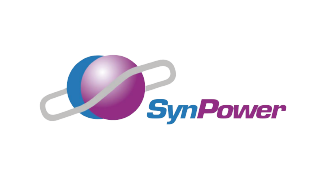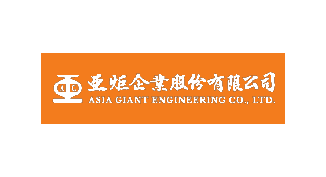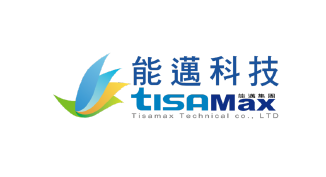AI Case Studies
Equipment supplier
With Profet AI AutoML, equipment suppliers can utilize process data to build predictive models and automate the construction of an intelligent monitoring system, reducing downtime frequency and duration.
Application Scenarios
Data Analysis, Anomaly Detection, Procurement Forecasting
Status Quo
Benefiting from technological innovation and government policy support, the market for global semiconductor, electronic manufacturing, automation, and medical equipment suppliers continues to grow. As competition intensifies, brand building and after-sales service become increasingly important alongside technological innovation.
Challenges
Facing the dual pressures of difficult recruitment and the retirement of senior employees, many equipment suppliers have introduced AI technology. By integrating intelligent monitoring services with IoT, they enhance the reliability of traditional equipment and staff efficiency. Despite challenges, continuous innovation and technological upgrades promise success in the rapidly changing market.
Intelligent Monitoring for Equipment Maintenance
Implementing intelligent monitoring systems in machinery collects process data, such as speed, temperature, and pressure. Models determine if equipment is likely to fail, reducing the risk of sudden malfunctions.
Pain Points Analysis:
- Parts and Material Loss: Damaged parts and lost materials require time to procure and replace, causing equipment and production line interruptions.
- Unplanned Human Resources: Sending personnel for repairs after equipment failure wastes human resources.
- High Emergency Repair Costs: Immediate on-site repairs increase labor costs and may require urgent special parts orders.
Outcome Benefits:
- • Predictive Maintenance: Analyzing equipment data to detect potential faults early, reducing unplanned downtime by 17%.
- Efficiency Improvement: Integrating AI intelligent monitoring systems to improve personnel efficiency by 40% and overall maintenance revenue by 30%.
Predicting Spare Parts Procurement Quantities
After product delivery, spare parts demand is hard to predict. Insufficient spares can affect customer satisfaction and trust, while excess spares waste inventory and increase costs.
Pain Points Analysis:
- Unpredictable Spare Parts Quantity: Relying on historical data and fixed logic often leads to inaccurate predictions.
- Increased Inventory Costs: Excess spares waste inventory and increase management and capital pressure.
- Customer Satisfaction Impact: Insufficient spares delay repairs, affecting customer satisfaction.
Outcome Benefits:
- Inventory Management: Processing spare parts inventory based on predictions, reducing waste and saving costs by 8%.
- Improved Accuracy: Model-assisted decision-making improves spare parts accuracy by 10%, enhancing operational efficiency.





